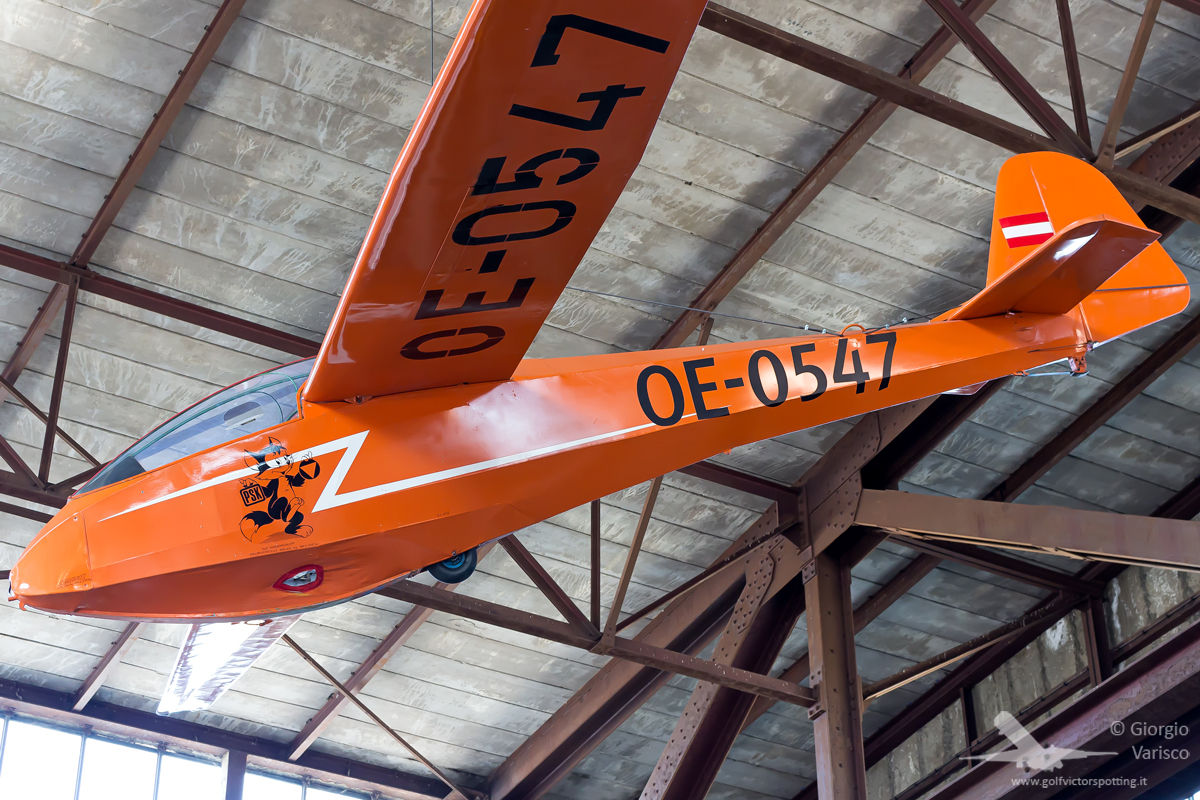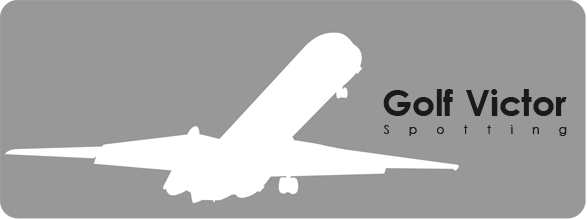The day before the Airpower I visited Militarluftfahrtmuseum Zeltweg, a small museum dedicated to the Austrian Air Force, hosted in Zeltweg air base’s Hangar 8.
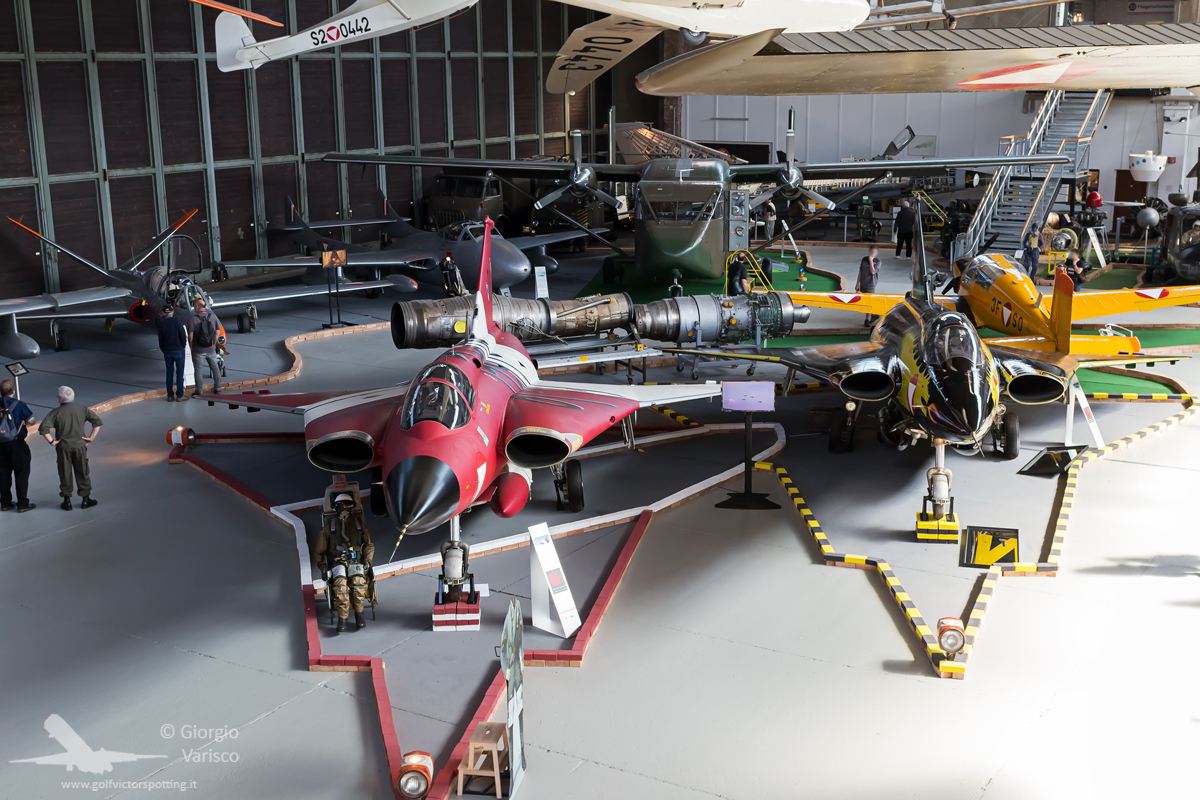
The museum started as a temporary display in 2005, on the 50th annivesary of the reinstitution of the Austrian Armed Forces after World War 2, and became a permanent display due to its success, becoming a branch of the Heeresgeschichtliches Museum, the Museum of Military History. Entrance fee is very cheap (3 €, and free during Airpower public days). The aircraft, being mostly on covered display, are in perfect conditions. Under some of them there are even mirrors to allow people to see recessed places without too much effort!
The Austrian Air Force was reinstituted in 1955 with the Austrian State Treaty, which imposed absolute neutrality to Austria (which cannot join any miltary alliance such as NATO or the Warsaw Pact). It always had a small number of planes, mainlt focused on self-defense. The Treaty forbid the use of any guided weapon, but this limitation was lifted during the Balkan Wars due to several Balkan military aircraft trespassing into Austrian airspace.
A recon-variant SAAB 29 Tunnan welcomes the visitors.
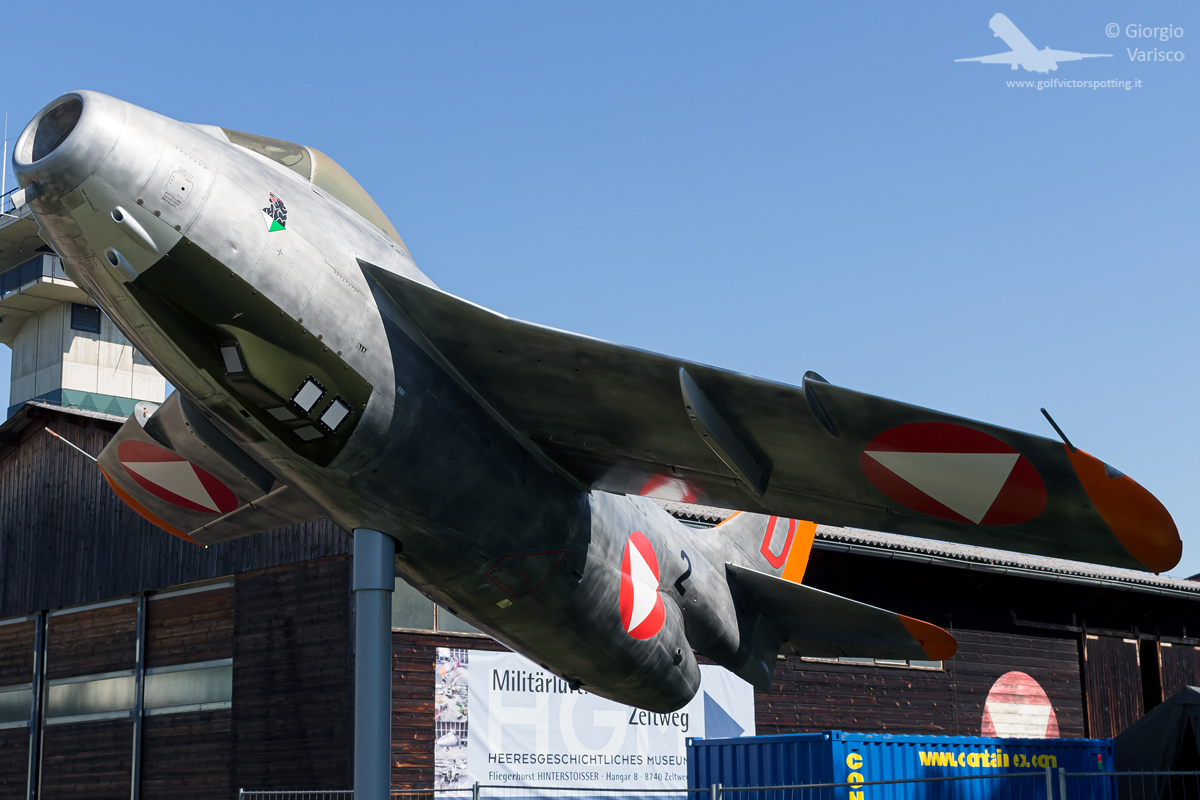
One of the many SAAB 35 Drakens on display in the museum.
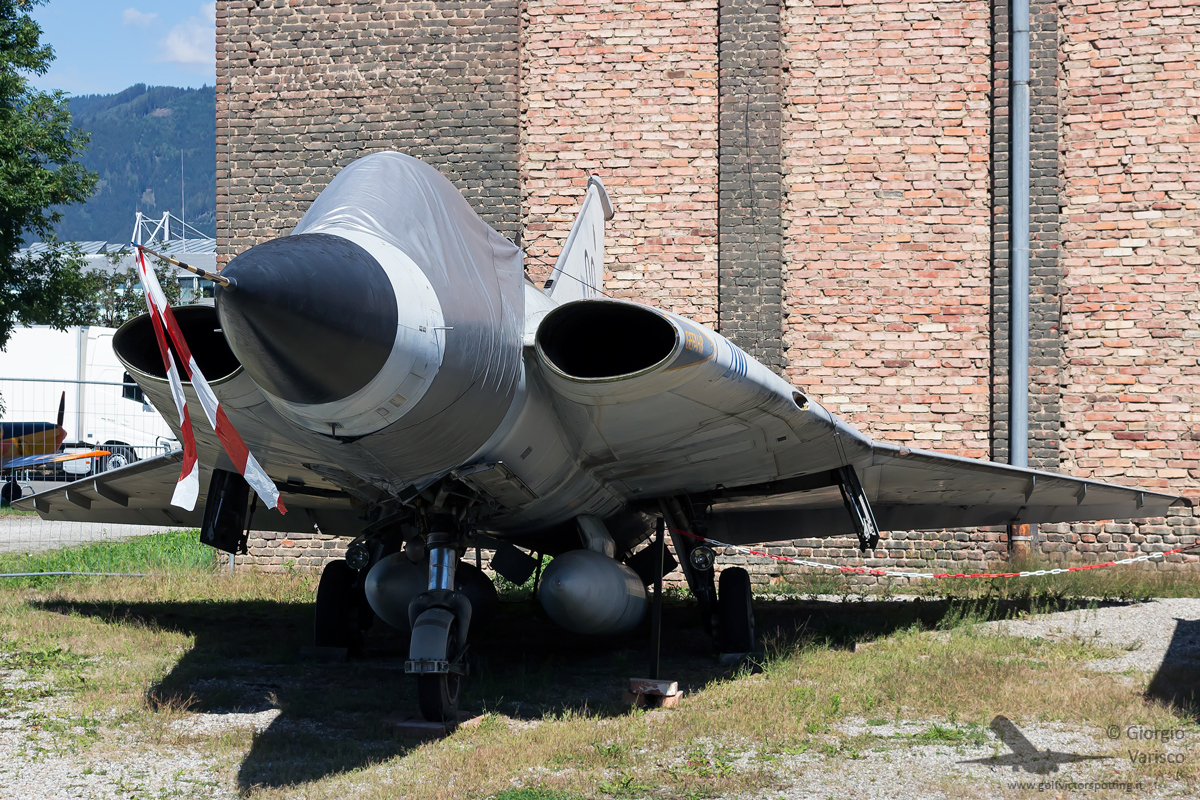
During the Airpower it was possible to climb into a Draken cockpit.
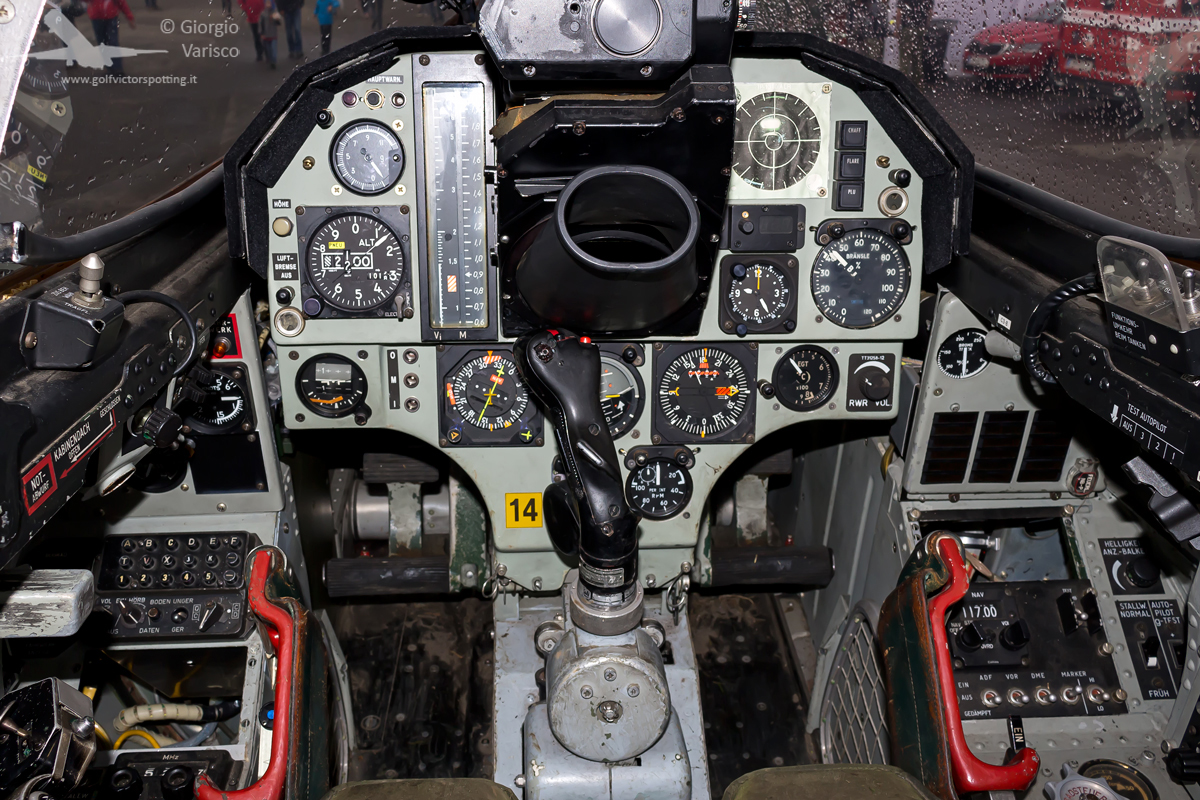
SAAB 91 Safir rraining and liaison aircraft.
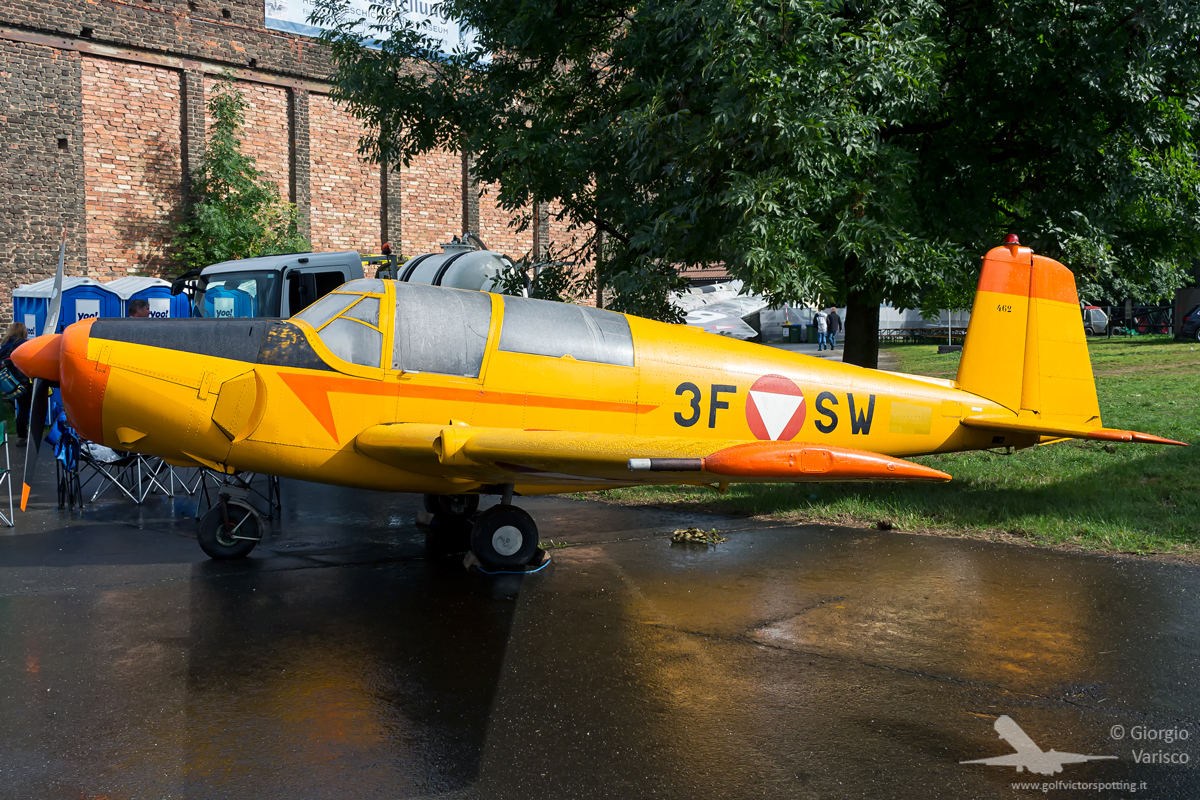
The last airplane acquired by the museum, a MiG-21 given by the Croatian Air Force. In exchange, the Croatian Air Force obtained a Yugoslav Air Force MiG-21 in Austria since 1991. On October 1991, few months after the beginning of the Croatian Independence War, its pilot, of Croatian descent, refused to bomb his own people and flew his aircraft to Austria, where he was intercepted and forced to land in Klagenfurt. The pilot returned to fight on the Croatian side (unfortunately being shot down and killed in 1995), while the aircraft was kept in Austria in several museums. Now it is on display in front of the Minister of Defence in Zagreb.
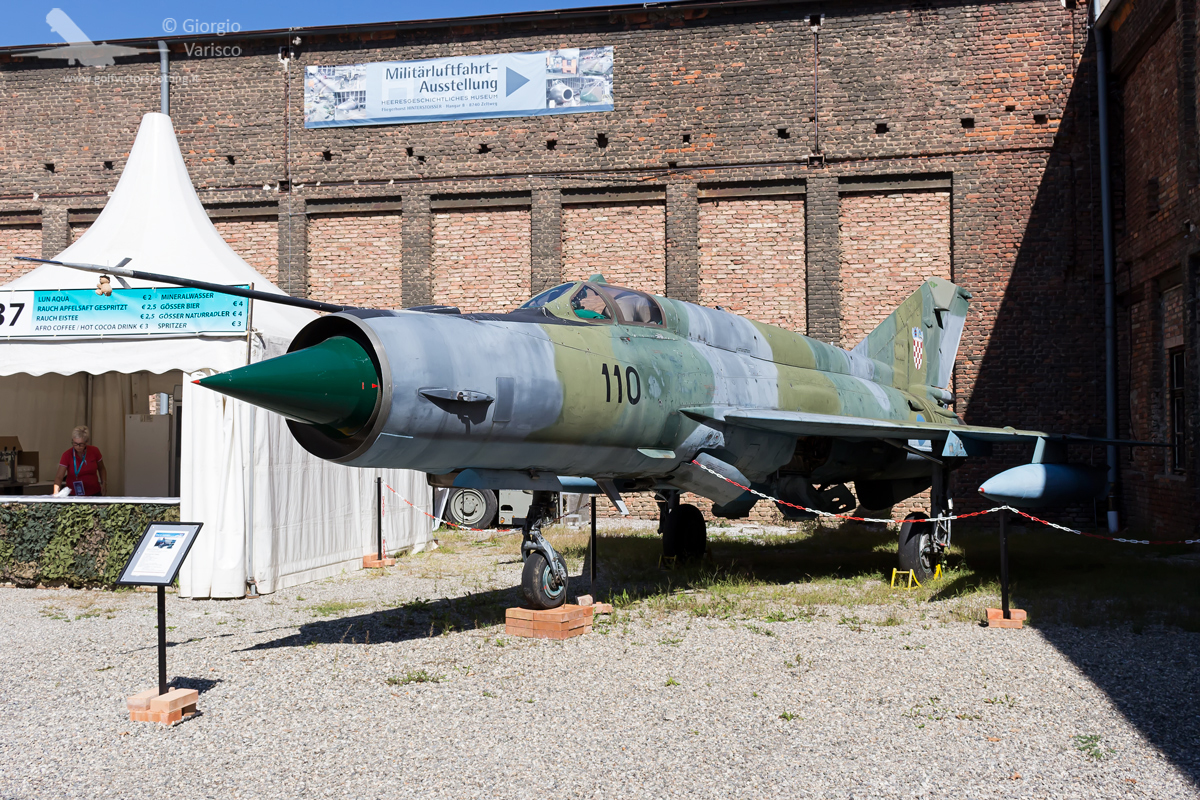
Inside the hangar, the 2 special livery Drakens are the most eye-catching aircraft.
This one was repainted in 1996 to commemorate 1000 years since the birth of Austria: in 996 a document featured for the first time the written word “Ostarrichi” (Austria’s ancient name), and this word is painted on top of the fuselage exactly as it can be seen on that document.
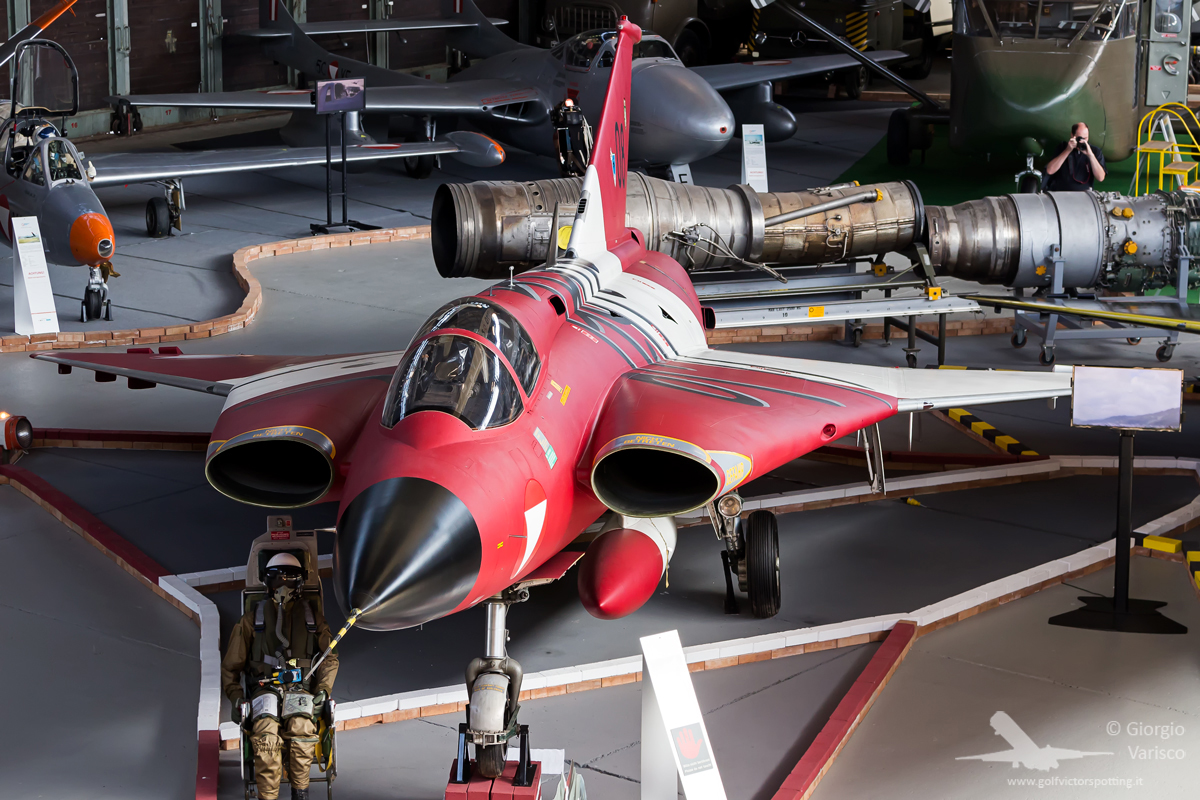
This aircraft wears a livery celebrating the last operational Draken flight, in frontline service for 45 years with the Air Forces of the countries painted on the rudder.
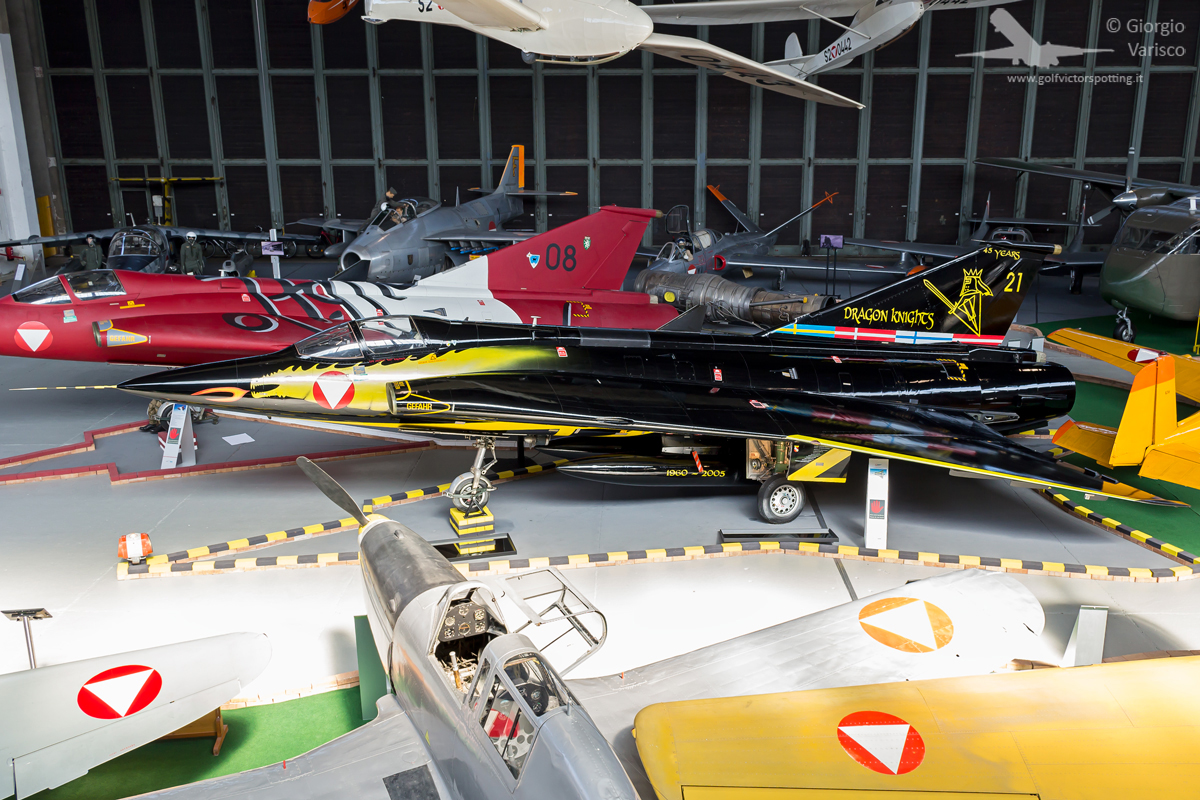
The USSR donated to the Austrian Air Force Yakovlev Yak-18 (NATO reporting name “Max”) training aircraft…

…and Yakovlev Yak-11 (NATO reporting name “Moose”) training aircraft, based on the Yak-3 World War 2 fighter.
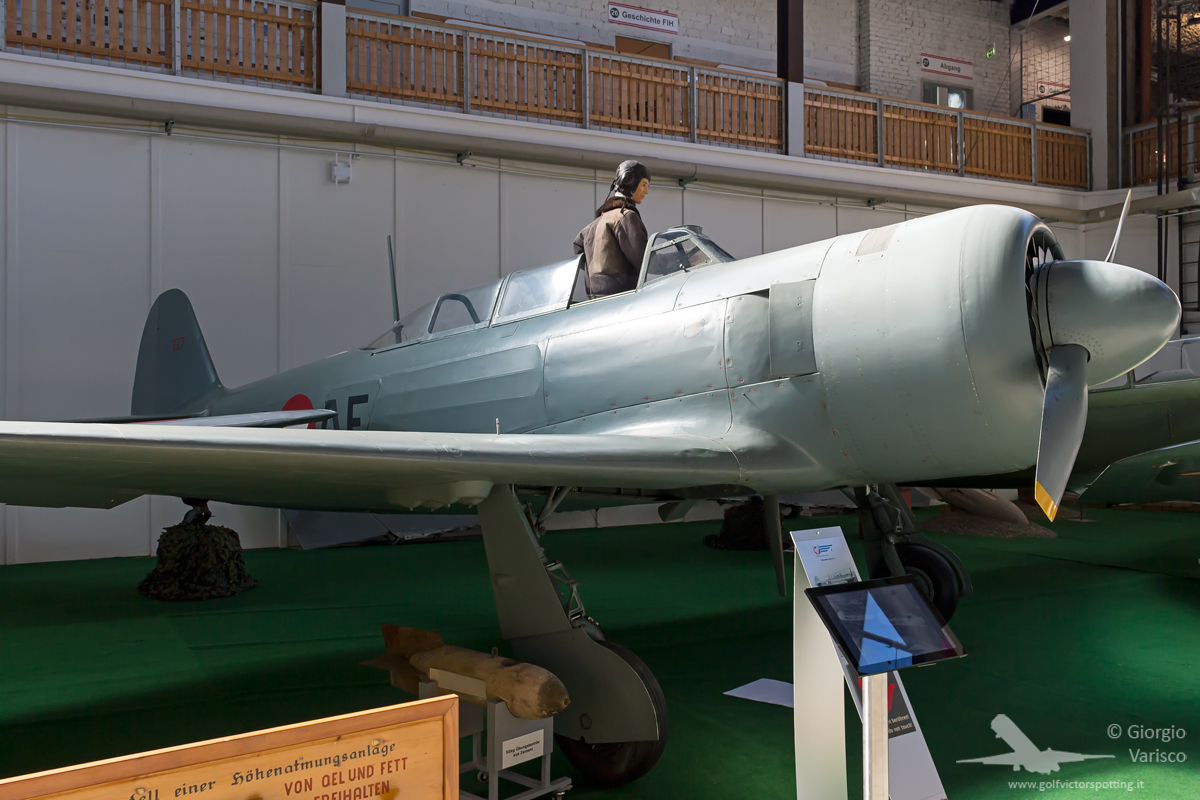
Italy donated some FIAT G.46.
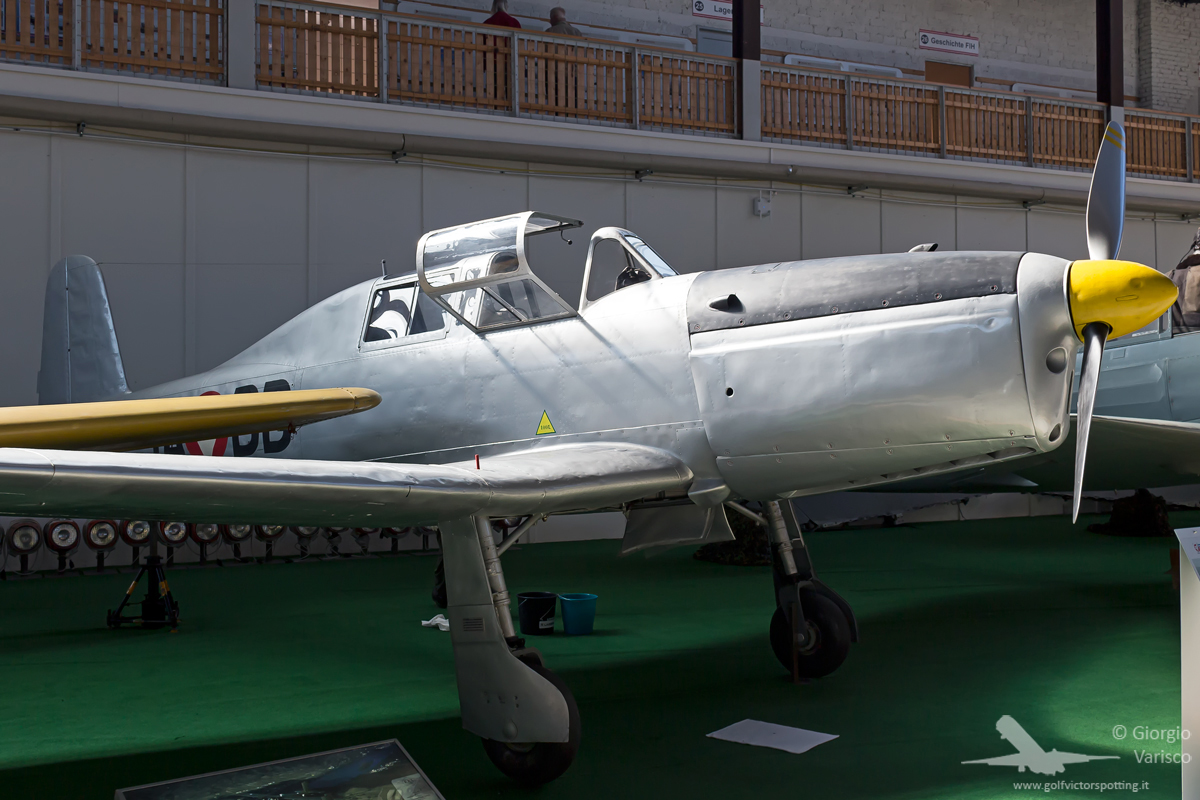
Another SAAB 29 Tunnan, first combat aircraft acquired by the Austrian Air Force.
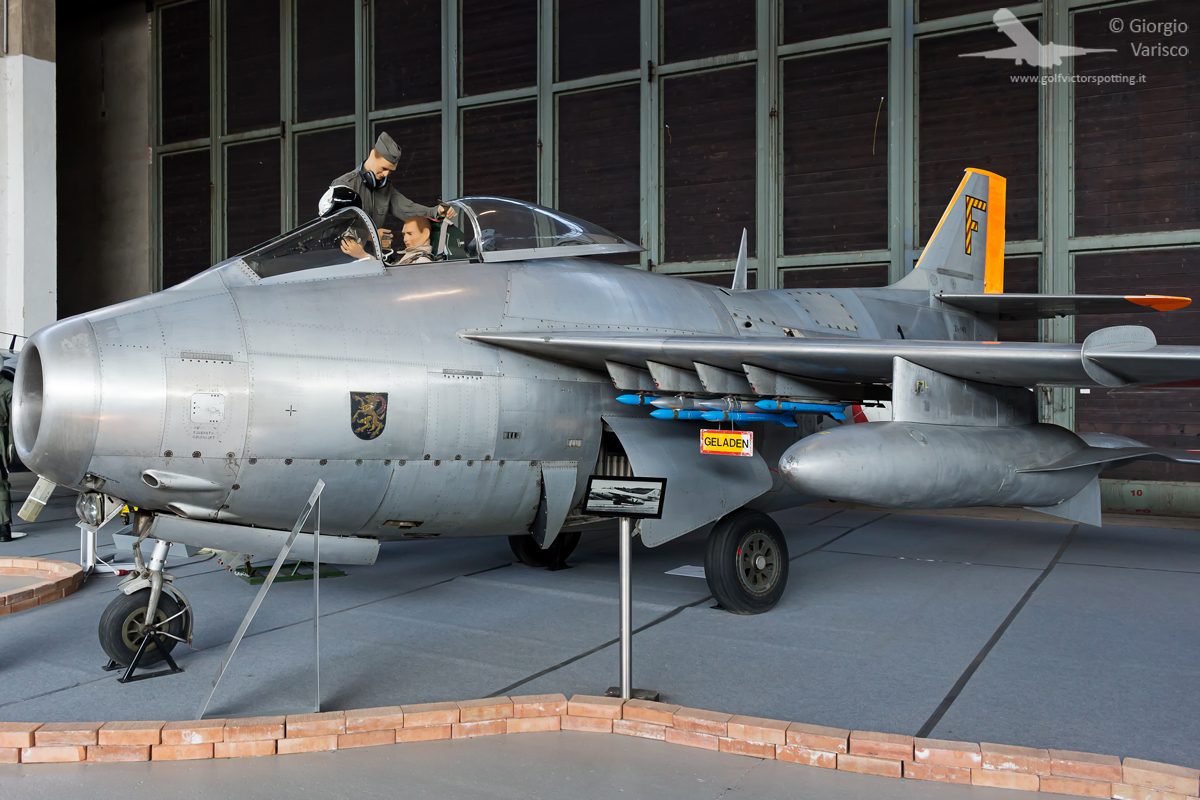
Fouga CM.170 Magister training aircraft.
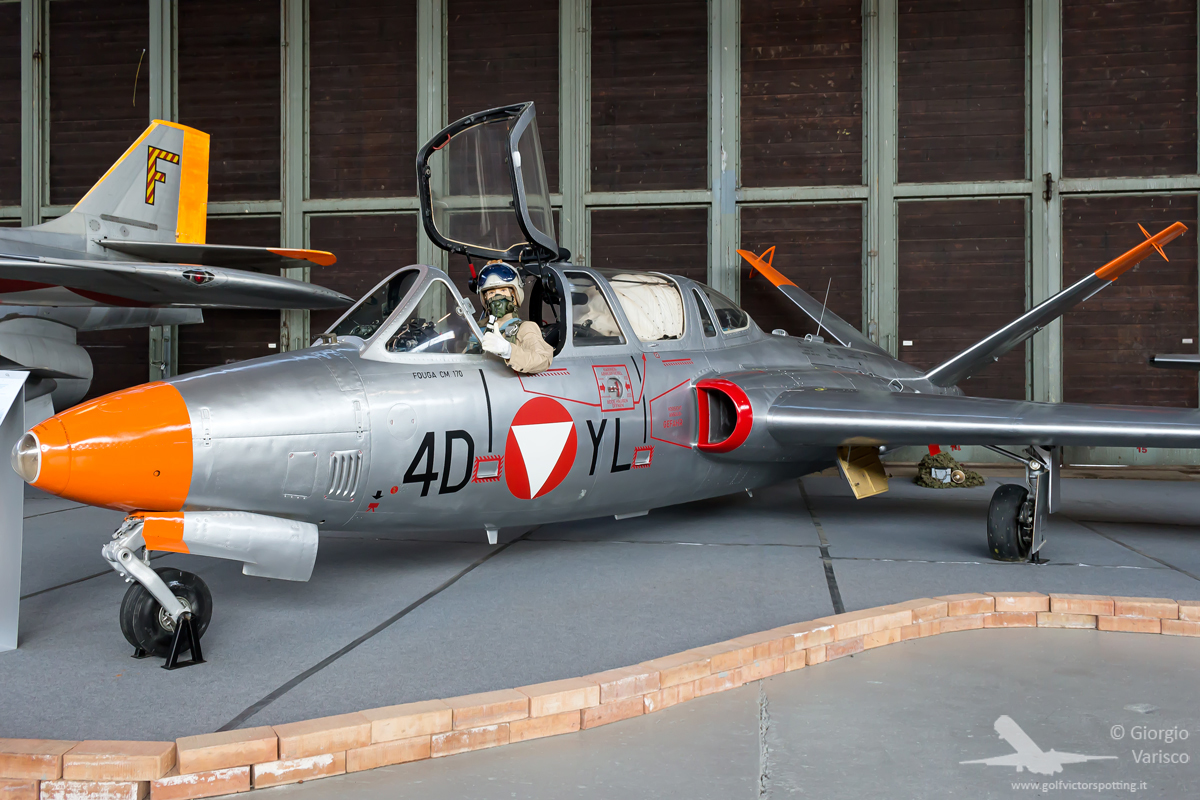
Short SC.7 Skyvan light transport.
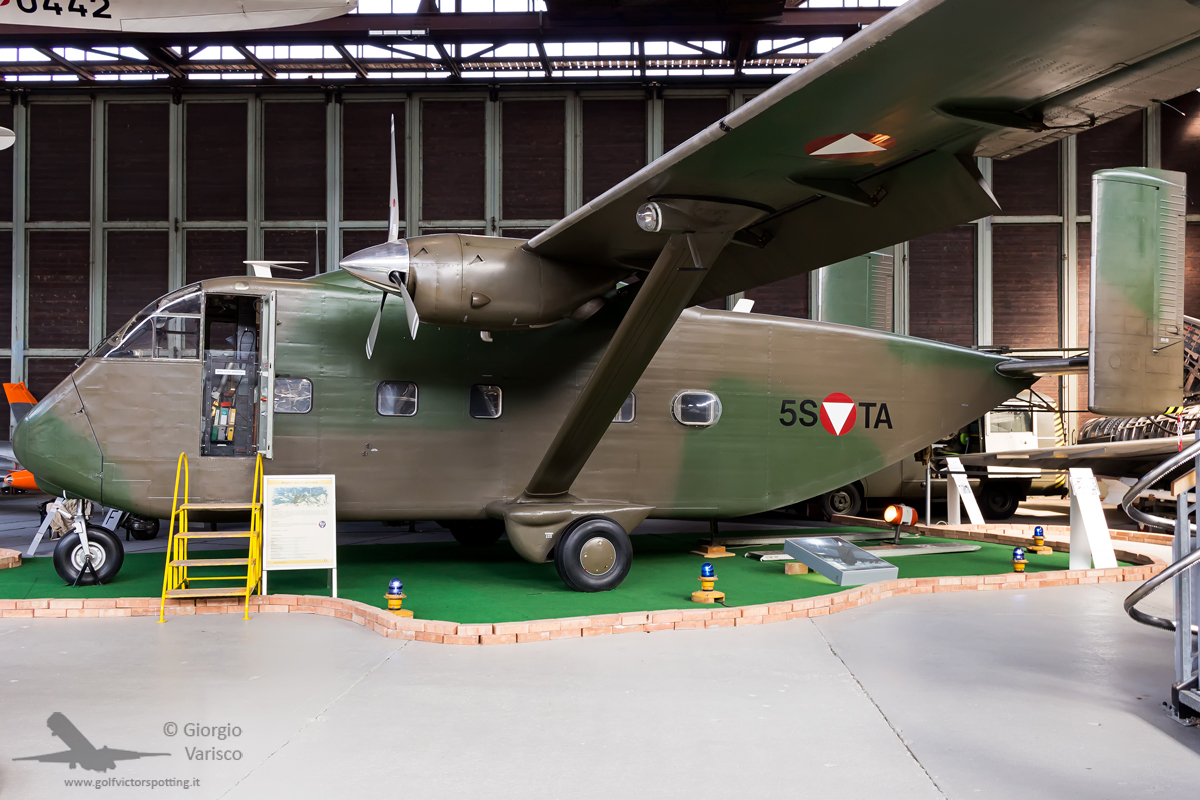
It is possible to look into the cockpit by climbing a stair.
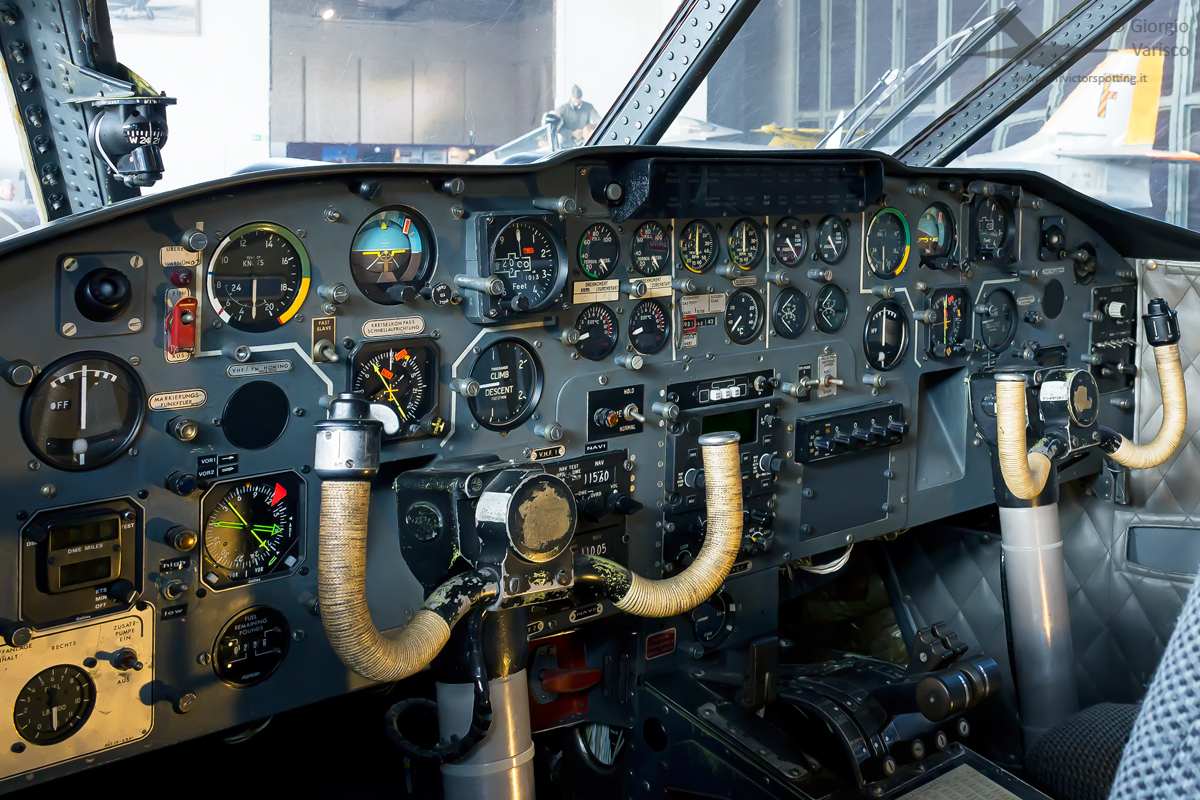
Cessna O-1 Bird Dog observation aircraft.
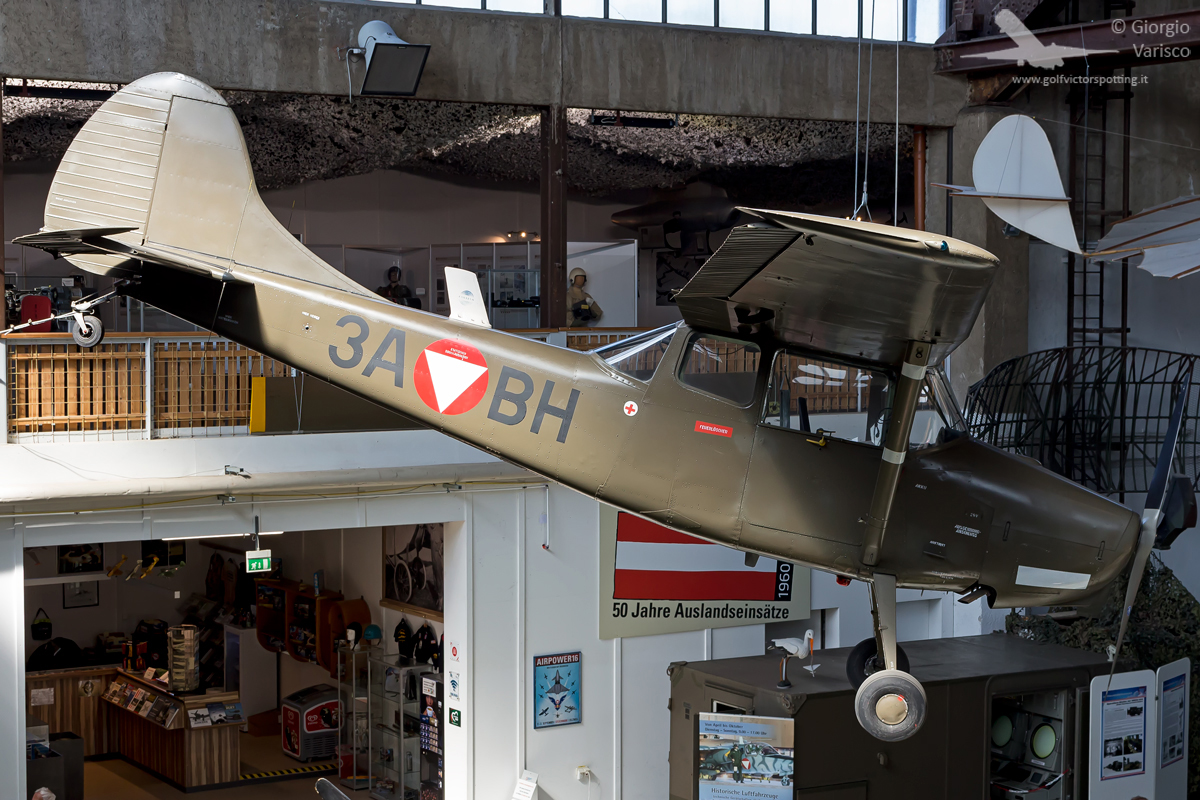
Sud Aviation Alouette II
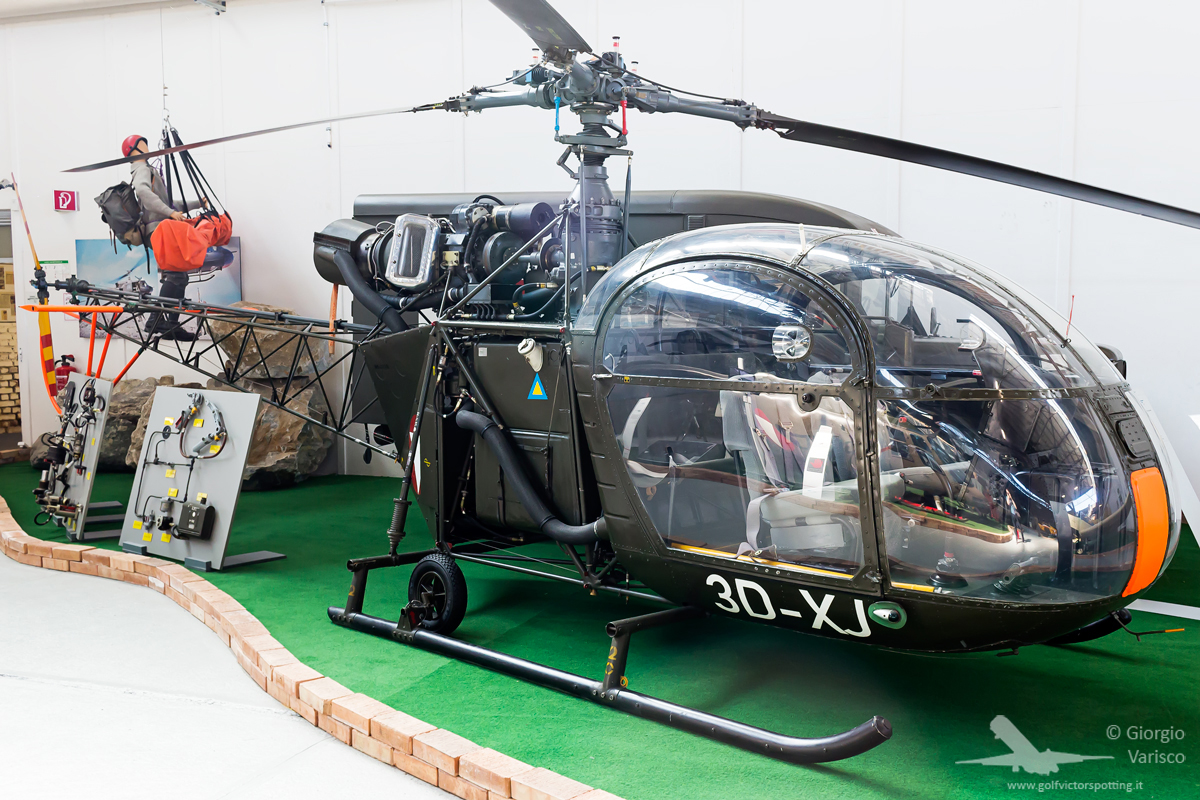
Agusta-Bell AB.204
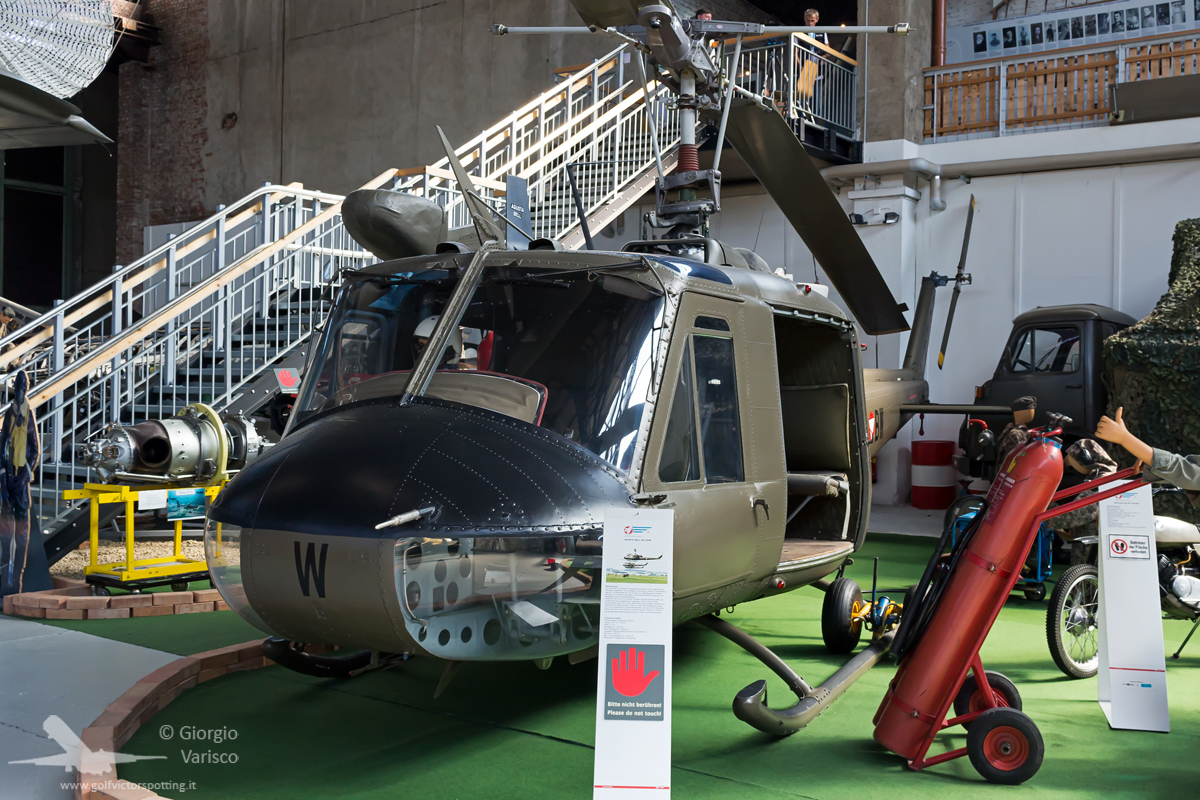
Diorama depicting underground factories where concentration camps detainees were forced to build weapons (in this case, a mock-up of the fuselage of an Heinkel He-162 Salamander jet fighter).
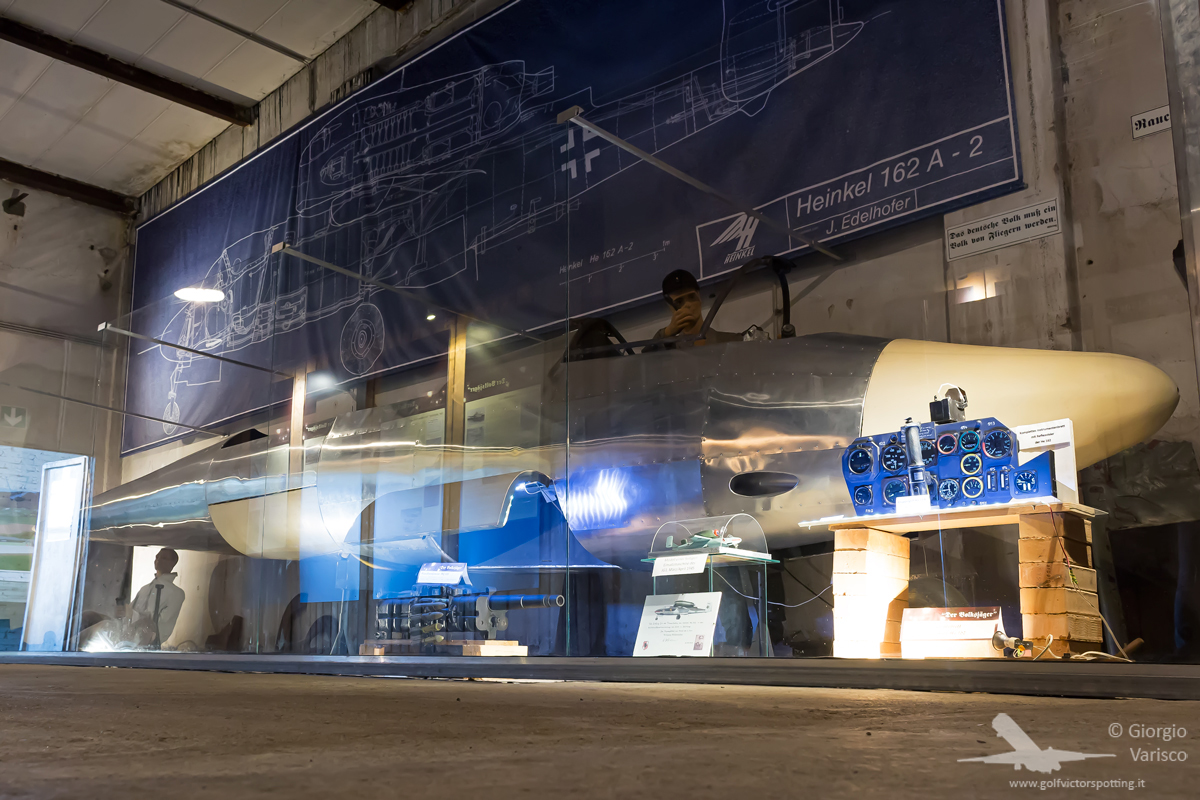
DFS SG-38 Schulgleiter training glider.

Grunau Baby III single-seat glider.
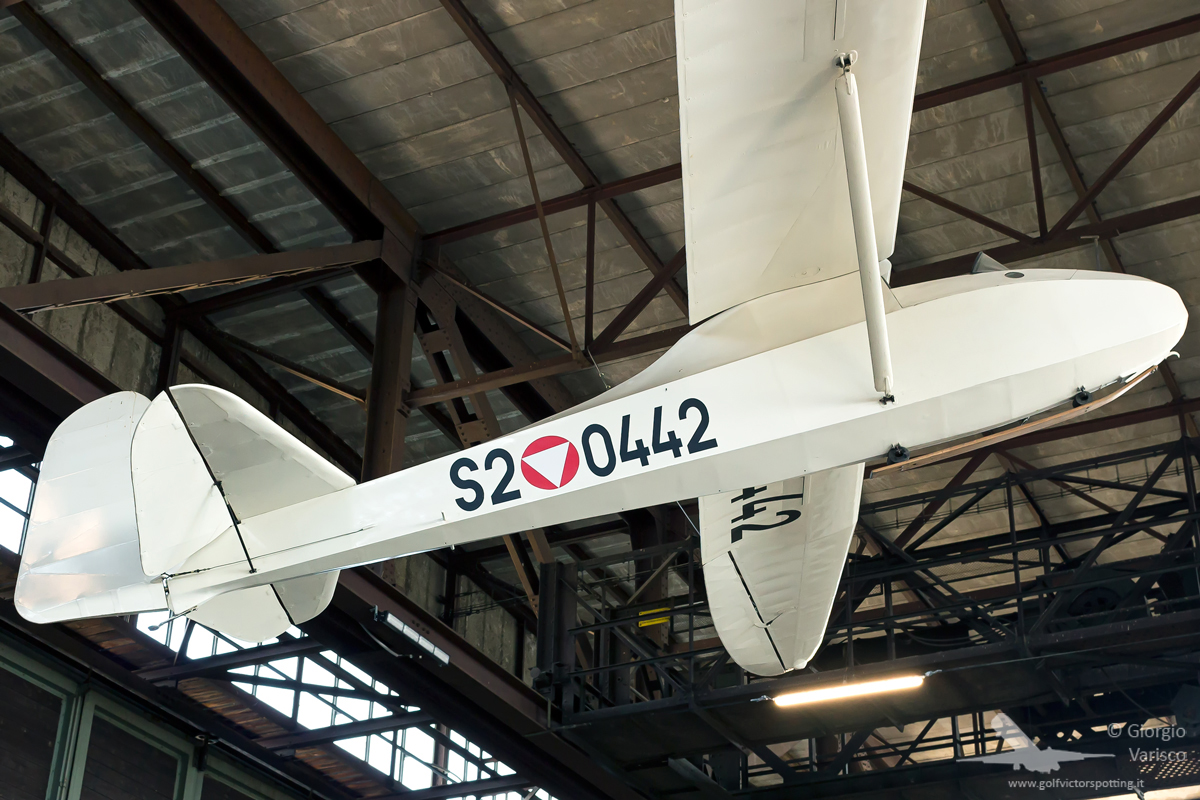
Musger Mg 19 Steinadler training glider.
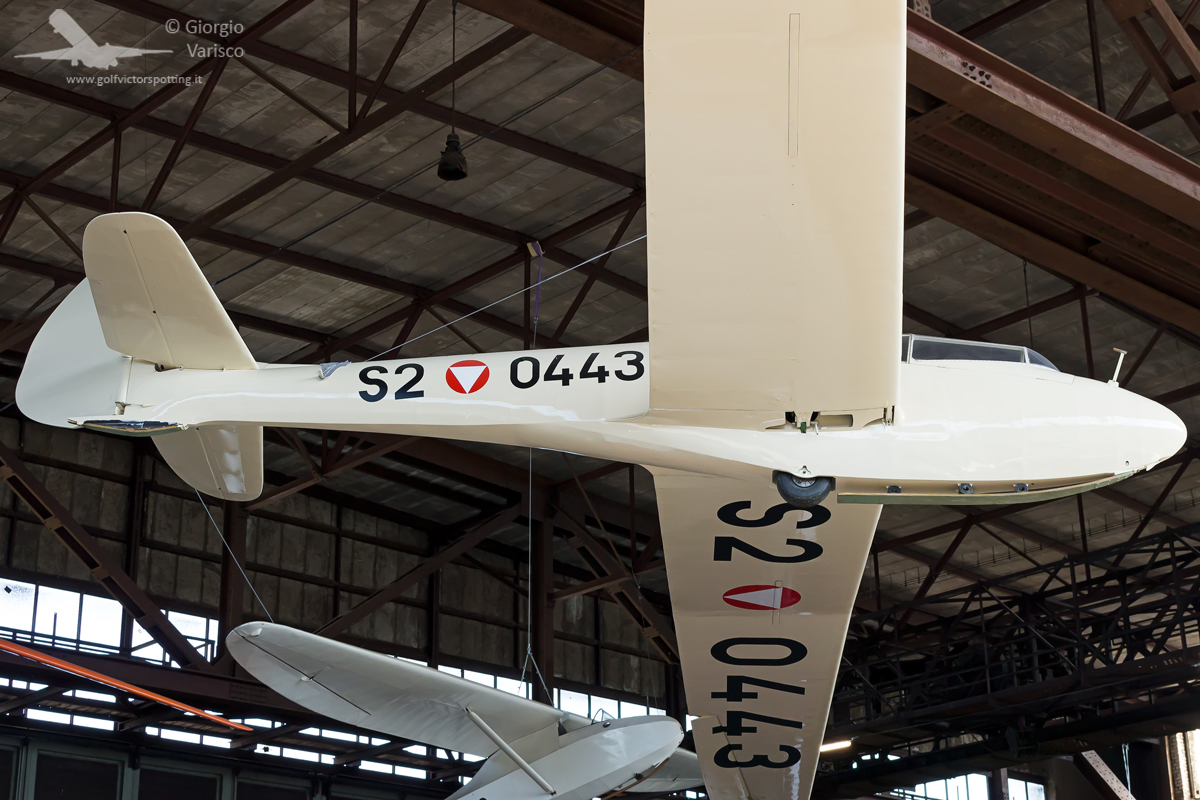
Scheibe L-Spatz competition glider.
